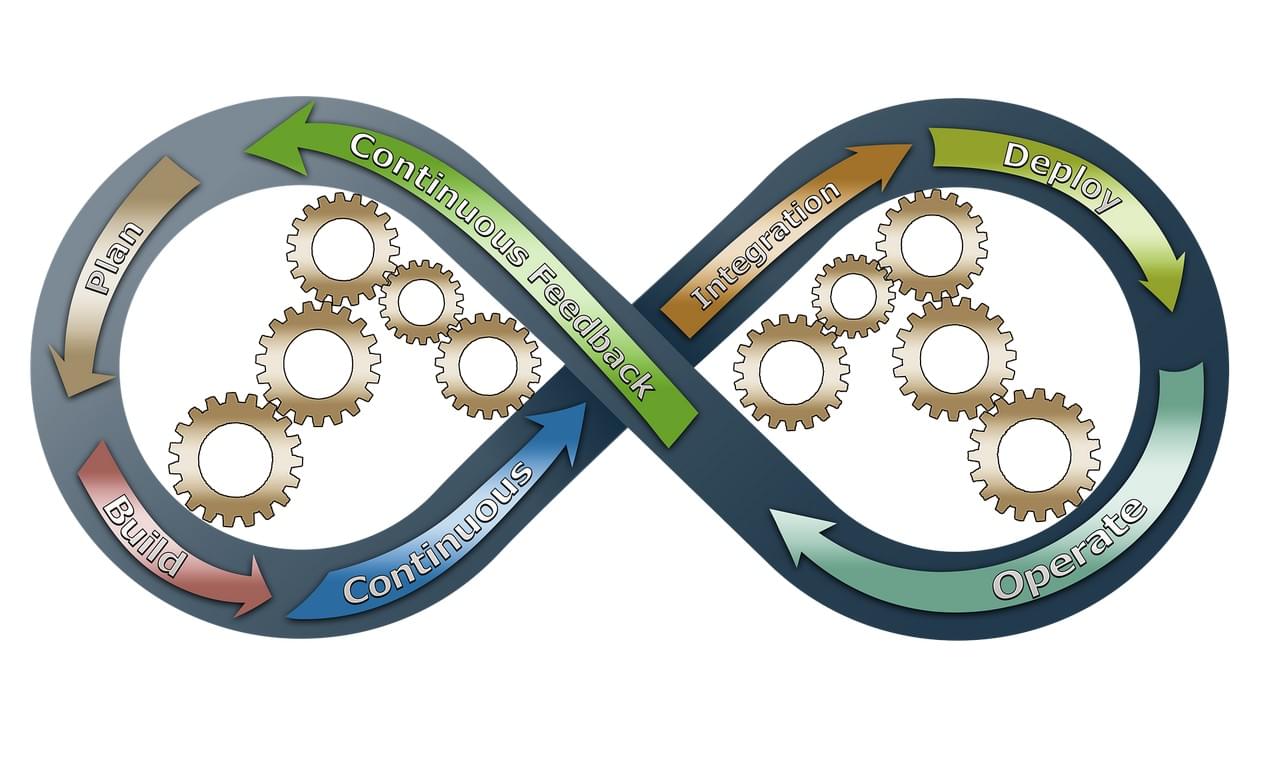To most, “process” is a sick word that prevents them from doing things. Like the funny quote goes,
“Getting things done is not an excuse for not following the process!
Corollary: Following the process doesn’t get things done!”
In some cases, the original intent of the process gets hazy or blurred over time and it gets transformed into more or less a superstition or an activity that is performed mandatorily even if it does not make sense, as in the following story.
Once upon a time, there was a Guru (Teacher), who was the head of a Gurukulam (roughly means, the school run by the teacher). He had many student disciples who learnt spiritual lessons from him. The Guru also had a pet cat, which wandered around in the gurukulam.
One day the Guru was teaching something very important in the lessons of spiritual enlightenment. By then, the Guru’s pet cat strolled nearby. This caught the attention of one of the students. He started to gaze at the cat rather than listening to what his Guru said. The Guru noticed that and warned the student, in addition, he asked one of the other students to tie the cat to the mast outside and also instructed that the cat should be tied to the mast to avoid his students gazing at the cat when it strolls inside.
From then on, when the class started, one of the students would tie the Guru’s pet cat to the pole outside the class. A few years passed, the Guru died and the next senior person became the Guru of the Gurukulam. But the practice of tying the cat to the pole when the class started continued.
A few years passed, and the cat also died. The next day, when the class was about to start, the new Guru shouted. “Where is the cat, don’t you guys know that a cat should be tied to the pole outside before the classes start?”
The other students got afraid because the new Guru got angry; they found another cat, tied it to the pole and then the classes started for the day.
Sometimes, some processes are put in place as a result of some incident or action which might not be relevant to that incident and what is called the “Pigeon Superstition”.
The Pigeon Superstition is one of the famous experiments by an American Psychologist, B. F. Skinner, that examined the formation of superstition in pigeons. A hungry pigeon is put in an enclosure with a button and a small glass window with some grains on the other side. When the button is pressed the window opens for a moment and the pigeon can eat the grains. Like most other living creatures, the pigeon quickly associates the push of the button with a reward.
However, when a timer opens the windows, say every 15 seconds, the pigeon starts to wonder: “What did I do to deserve this?” If the pigeon was flapping its wings at the time the window opened, it will associate and be convinced that the action has a definite influence on the outcome and continue to flap the wings. That is called “pigeon superstition”, though the actions have no real effect on the outcome. Likewise, with the experiment Skinner showed how creatures – including humans – tend to construct meaning to an event though cause and effect don’t have an evident connection.
Some organizations come up with some superstitions while doing something, like people in the team should wear white shirts or eat only vegetarian meals on the day of production deployment for the release to be successful.
Leaders should be able to see through these beliefs and should understand the motive behind a process and if it doesn’t make sense or irrelevant to pursue it any longer, should be daring enough to change the process. They should let the cat roam freely or not get a cat at all in the first place.
In fact, it would be the right thing to follow practices like Agile, Scrum etc., but the team might not be ready for it yet. In such cases, the move has to be a multi-step change where the team reaches there finally. But implementing some process all of a sudden would result in chaos than order.
Processes should be put in place to aid productivity and not hinder it. It doesn’t mean it has to be followed because the other organizations do. What worked for Toyota did not work for Ford. Likewise, what works for Microsoft need not work for Google/Apple and vice versa. Leaders will have to take the points from what other companies do and adapt it to the work environment, culture, team and a few other factors, rather than blindly forcing it to be followed.
Image Credits: Pixabay
